Have you noticed that you feel better after adopting a Paleo diet?
There’s actually one more tweak to your diet that you can make to feel more energized, lose weight faster, and become mentally clearer. That tweak is to convert your Paleo diet to a Paleo / ketogenic (Keto) diet.
Fair warning, a Keto diet isn’t appropriate for all people, but by the end of this article you will know if giving it a try is worth it.
Looking for low carb keto recipes to burn fat and lose weight?
Click here to get your FREE Keto Breakfast Recipes Cookbook!
A Crash Course In Keto
Glycolysis and ketogenesis are the two processes that the body uses to produce usable energy for your cells.
Glycolysis is dominant when carbohydrates are available. It involves converting glucose into pyruvate, which produces a net gain of ATP (Adenosine Triphosphate, the basic unit of cellular energy).
But when your carbohydrate stores run out, that’s when it’s ketogenesis’ time to shine. Compared to the small amount of carbohydrate stores you have at any time, you have a massive reserve of fat that can be used for energy.
Through ketogenesis, stored fat is broken down and converted to ketone bodies (a type of molecule) which can then be used to create ATP. When your body is relying on ketone bodies for energy, it is said to be in a state of ketosis.
The image below shows a simplistic version of these two energy systems. Note that almost all of the ATP is made in the dark blue citric acid cycle (TCA) at the bottom.
What is a Ketogenic Diet?
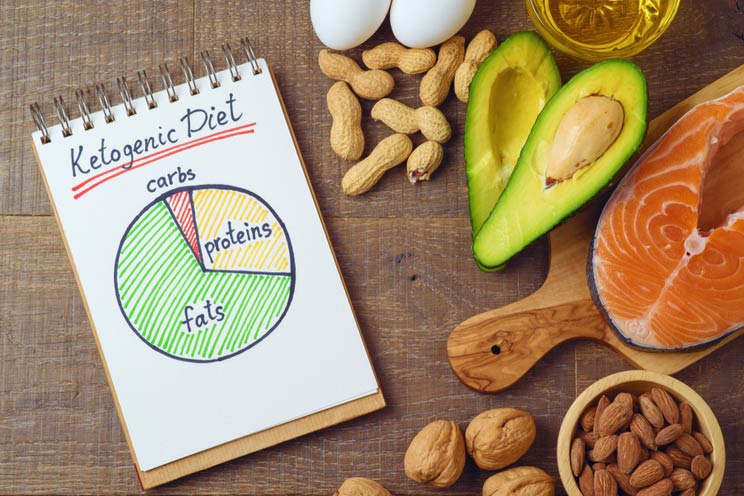
Remember that ketosis only occurs when you are more or less out of carbs. A ketogenic diet is designed to keep you in ketosis, mainly by limiting how many carbohydrates you eat during a day. The typical starting guideline is 50 grams per day, but some people need to restrict further than that, while others can eat more and still remain in ketosis.
It’s important to understand that the body takes time to adjust to using fats as the primary energy source. Depending on your current diet and health, if you switched to a ketogenic diet, it could take anywhere from one to four weeks to become fully adapted. (1)
Take a look at the following plot from a study where blood glucose and beta hydroxybutyrate (considered a ketone body) concentrations were tracked:
Keto-adaptation was fully reached around day 24 when the beta hydroxybutyrate concentration plateaued.
The concentration of ketones can be measured by testing urine with Ketostix, or by using certain diabetic blood meters.
The big reason that interest in ketogenic diets peaked was the apparent neuroprotective effects that it can have. It’s typically prescribed to patients suffering with epilepsy, greatly reducing seizure frequency, and also might be part of an effective treatment against Parkinson’s and Alzheimer’s. (2)
A Match Made In History
Look around for more information about Keto and Paleo, and you’ll see that they are often compared to each other. This makes no sense, because Paleo and Keto diets are not exclusive to each other.
Some (but not all) Paleo diets are Keto diets, and some (but not all) Keto diets are Paleo diets.
Looking at the diets of current tribes, which we believe have similar diets to their Paleolithic ancestors, we can see that some tribes, like the Inuit, live the vast majority of their lives on a ketogenic diet. They have a diet that consists almost entirely of fish and meat.
That image also shows that other tribes likely don’t eat ketogenic diets, with fruits and vegetables (carbohydrate-rich) making up about 15% of the Hadza diet, and about 20% of the Kung diet.
The main takeaway: If you eat a Paleo diet, you have the option to also eat a ketogenic diet if you choose to.
The Main Benefits of Combining Keto and Paleo
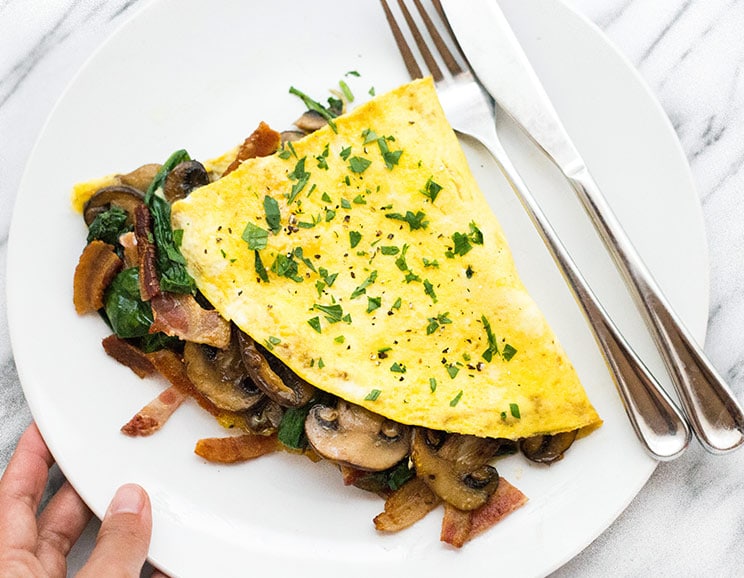
The real question is: Is a Keto-Paleo diet better than just a non-Keto Paleo diet?
The simple answer is that it is for some, but not for others. In addition, sometimes a Keto diet won’t be better or worse, but just different.
We’ll look at who a Keto diet is right for soon enough, but first let’s look at the main benefits that might be reason enough to give it a try.
1. Simple Weight Loss and Appetite Control
Ketosis often has a great effect on hormone control, particularly those related to blood glucose, like insulin, and those related to appetite, like ghrelin. (3) This is especially important for overweight people, who typically have worse hormone control than those of a healthy weight. (4)
Overall, a lower appetite will lead to a smaller caloric intake in most cases, which will lead to fairly easy weight loss. (5) If weight loss is a current goal of yours, Keto may be a great option to try.
If you’d like to learn more about losing weight with a ketogenic diet, check out this in-depth PaleoHacks podcast with Jimmy Moore.
2. Lower Chance of Cardiovascular Disease (CVD)
Even though some markers of CVD are debatable, others have been firmly established after rigorous evaluation, like triglyceride levels and HDL cholesterol.
In short, high triglyceride levels are bad, and the lower you can get them, the lower your chance of disease. (6)
Triglycerides are fat molecules, so you might expect that they will rise on a ketogenic diet. However, despite the fact that it might seem strange, eating excess fat actually lowers your triglycerides and raises your HDL (the “good” cholesterol). (7, 8) Eating excessive carbohydrates happens to lead to high triglycerides. (9)
3. Mental Clarity, Better Sleep, and a Stronger Immune System
In addition to those 2 main benefits, there’s a whole host of potential benefits. Here’s the thing though, these haven’t been studied much, so most claims of these benefits are anecdotal. That doesn’t mean that they may not happen, just don’t bank on them if you decide to try Keto.
First off is mental clarity. Although there is often a “Keto flu”, much like the “Paleo flu” while the body is first adjusting (although it might be possible to avoid it), many claim that they think clearer and can focus better once fully adapted. One study looked at how a ketogenic diet affected elderly people with slight mental impairment, and saw that memory was improved after 6 weeks. (10) It’s a limited finding, but interesting nonetheless.
Other studies have shown that going Keto reduces sleep irregularities in obese and epileptic patients. On the anecdotal side, many have claimed that going Keto has allowed them to sleep less without feeling tired.
Finally, there are concerns over Keto diets and the immune system. Some are worried that a Keto diet will starve gut bacteria that depend on carbohydrates, which it probably does. Gut flora is tied to the immune system and much more that we are only beginning to understand. I was unable to find any relevant studies here, so we have to rely on anecdotes for now.
What I’ve seen are many cases of people getting sick less often on Keto, and very few cases of people having issues. Obviously this isn’t conclusive, but I also don’t think you need to be too concerned about this.
Is a Ketogenic Diet Right for You?
There’s one major potential drawback that a Keto diet can present.
Strength athletes require carbohydrates for short term energy. Even if you aren’t a competitive athlete, you will suffer a large performance decrease if you play any sports with a lot of quick movement (soccer, hockey, basketball, etc.), like to sprint, or lift weights.
However, endurance athletes can actually thrive on a ketogenic diet. How come? Because fats can produce energy more efficiently than carbohydrates, but they take longer to do so. As long as you don’t require an excessive amount of energy in a short time period, a body that is adapted to use fats will perform excellently during endurance activities.
Also, on an unrelated note, if you are diabetic, read up on ketoacidosis and consult your doctor before attempting a Keto diet.
Where Do You Go From Here? – Resources for a Keto-Paleo Diet
Now that you have a good idea of what a ketogenic diet is, how it fits in with Paleo, and the potential benefits, you can decide if you’re interested in learning more or not.
Here are some of the best reasons to try Keto:
- You want to lose weight but have plateaued with non-Keto Paleo
- You are worried about CVD for one of many reasons
- You have issues with concentrating
- You just don’t like carbs
If you are interested in learning more, consider:
- exploring ketosis in the PaleoHacks community
- visiting the Eating Academy for more in-depth science behind Keto
- learning from Jimmy Moore’s experience with Keto
- browsing some great Keto recipes
Have you considered (or tried) a Keto-Paleo diet in the past? Leave a comment below and let us know why you did or didn’t try it, and how it went.


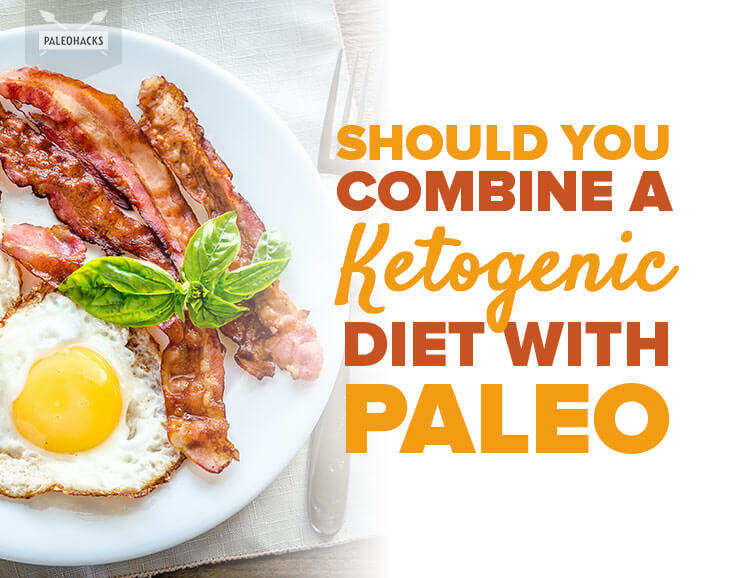
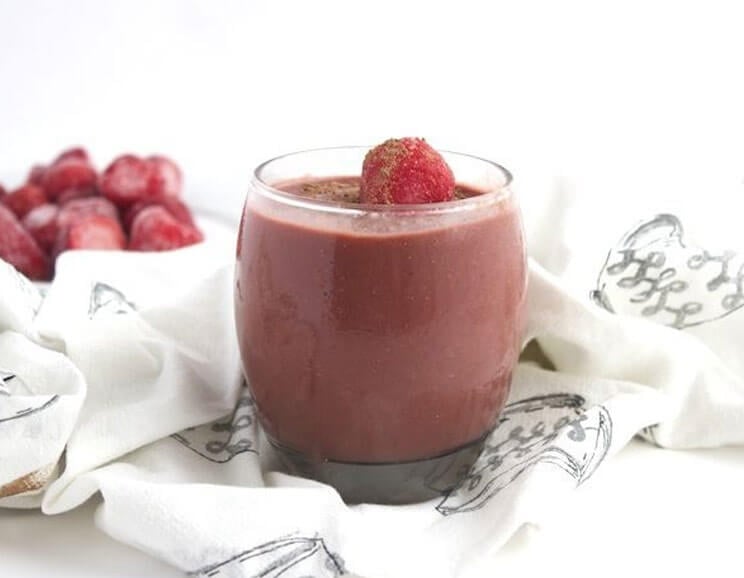 20 Amazing Paleo Smoothie Recipes
20 Amazing Paleo Smoothie Recipes

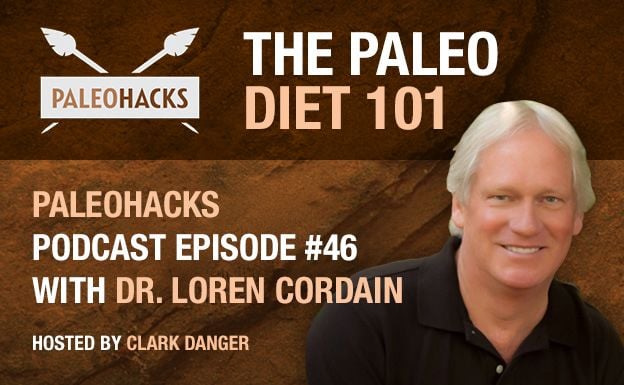
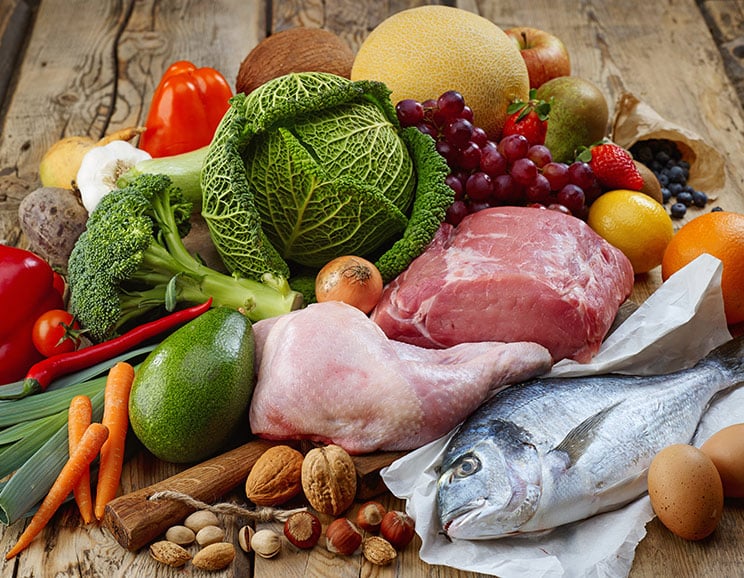

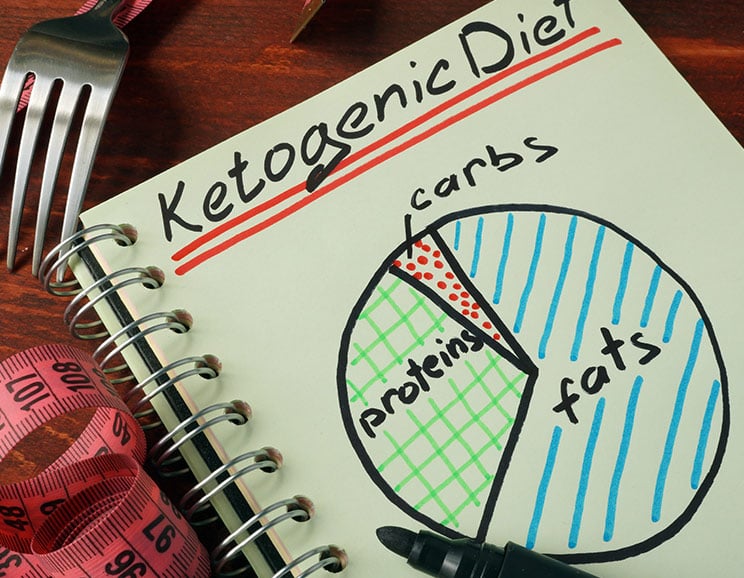
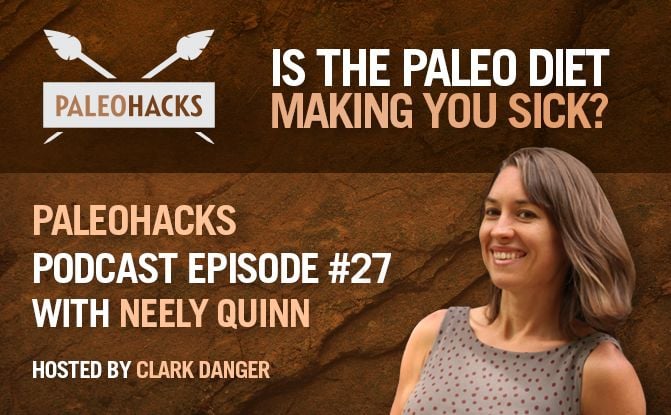
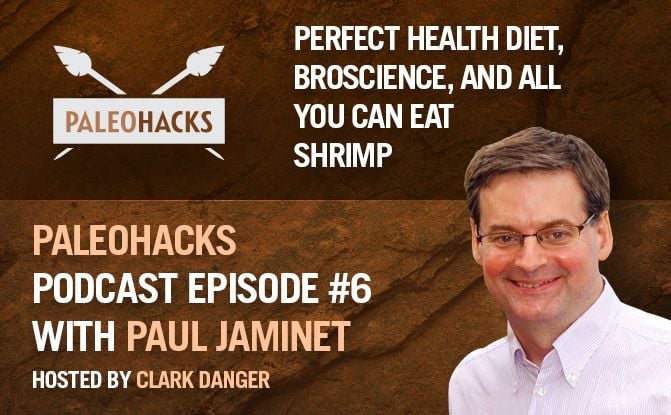
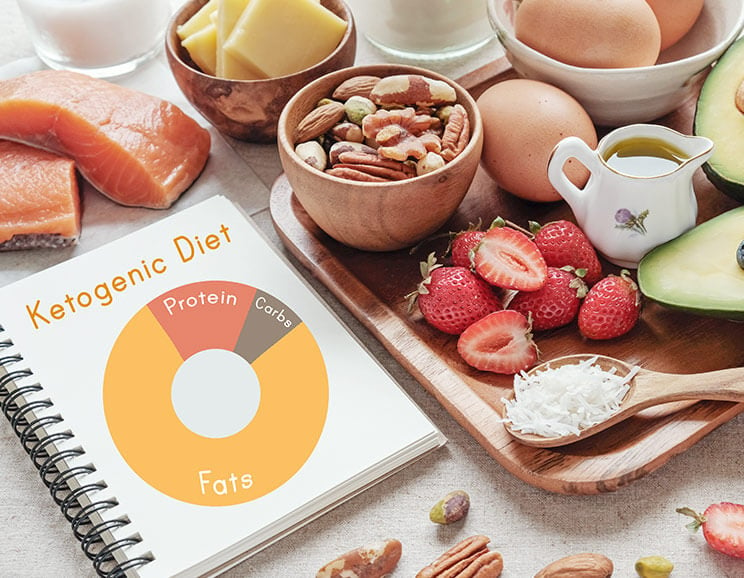
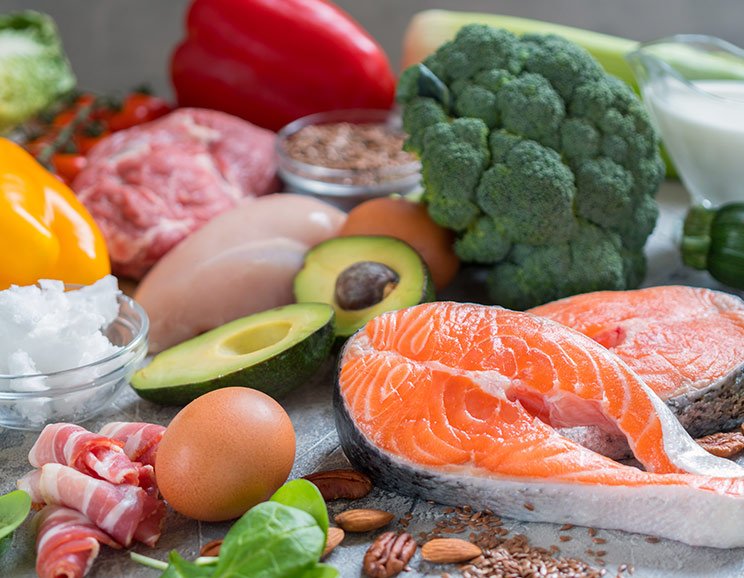
Show Comments